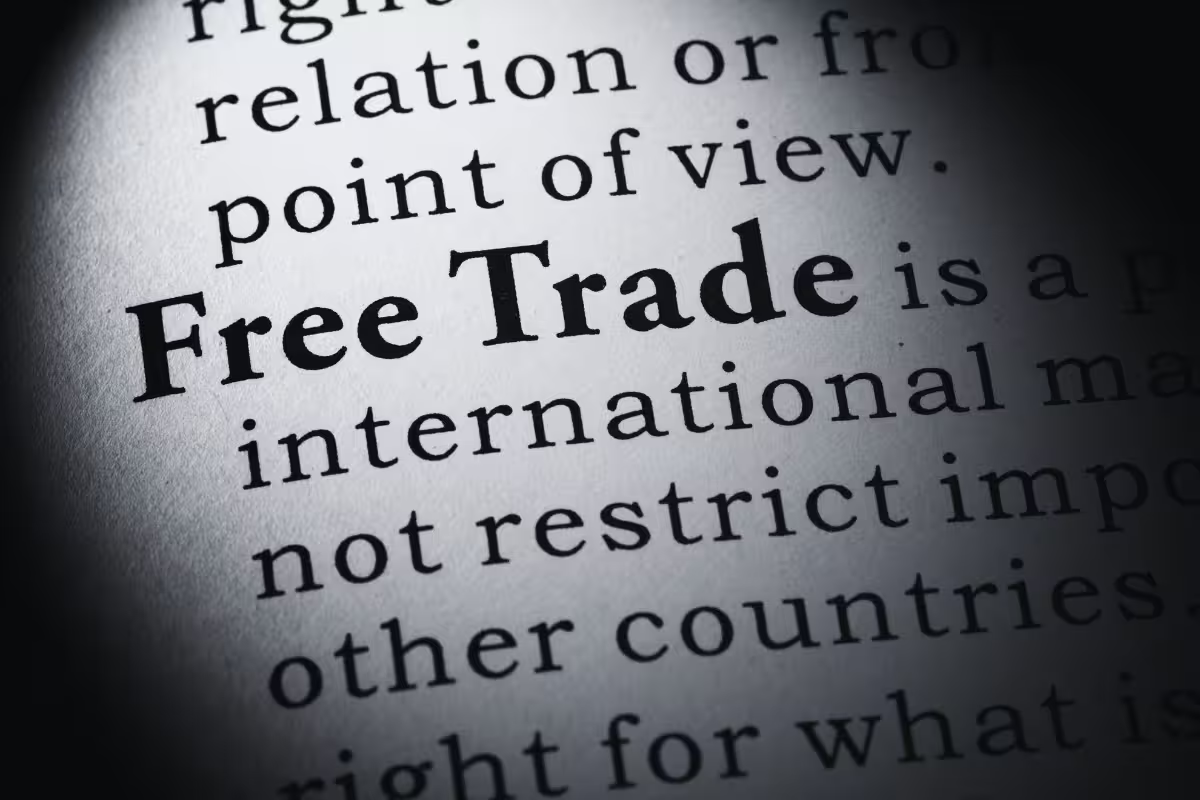1. Why CAFTA-DR Matters
For U.S. brands looking to diversify their supply chains beyond Asia, the Dominican Republic–Central America Free Trade Agreement (CAFTA-DR) offers permanent, duty-free access to six growing manufacturing hubs (Costa Rica, El Salvador, Guatemala, Honduras, Nicaragua, and the Dominican Republic). By tapping into CAFTA-DR, you can shorten lead times, reduce freight costs, and—critically—unlock preferential duty treatment when you source fabric and finished goods in the region.
2. The “Short Supply” Exception: Annex 3.25
CAFTA-DR’s standard “yarn-forward” rule generally requires that yarn spinning, fabric forming, and apparel assembly all occur within the U.S. or CAFTA-DR. However, Annex 3.25—known as the Short Supply List—identifies specific fibers, yarns, and fabrics that are not available in sufficient quantities in CAFTA-DR countries. If your garments use any of these inputs, they still qualify for duty-free treatment, even if the fabric originates outside the region (otexaprod.trade.gov).
CAFTA-DR Short Supply List (Annex 3.25) — Key Categories
Input types deemed commercially unavailable in CAFTA-DR and therefore eligible for duty-free use (illustrative, not exhaustive):
- Yarns
- Cotton (e.g., single-ply, combed, ring-spun)
- Wool and silk yarns
- Polyester and nylon filament yarns
- Staple-fiber yarns (e.g., para-aramid, modacrylic)
- Woven Fabrics
- Plain and twill weaves of cotton
- Woven man-made fibers (polyester, nylon)
- Specialized weaves (dobby, jacquard)
- Knit Fabrics
- Cotton jerseys, interlocks, ribs
- Knit man-made fibers (single and double knits)
- Warp knits (tricot, Raschel)
- Specialty Textiles
- High-pile fleece, brushed fabrics
- Narrow fabrics (tapes, webbings, elastics)
- Sewing threads (cotton, polyester, nylon)
(Full list of 43 items detailed in Annex 3.25; see official CAFTA-DR text for exact specifications.)
3. Duty Advantages When You Source Fabric from the U.S. or CAFTA-DR
- Duty-Free Exports to CAFTA-DR
When you export U.S.-made yarns, fabrics, or sewn apparel into CAFTA-DR markets, they enter at 0% duty—a permanent, tariff-free channel that strengthens your negotiating position with regional factories (United States Trade Representative). - Duty-Free Re-Import to the U.S.
Apparel cut and sewn in a CAFTA-DR country using U.S. or CAFTA-DR yarns/fabrics (or Short Supply inputs) qualifies for 0% U.S. duty. Tariff savings vary by product but can range from 10% up to 30% of landed cost, depending on the garment category (Trade.gov). - Short Supply Flexibility
If your design calls for a fabric on the Short Supply List, you can source it globally—yet still enjoy duty-free U.S. importation of the finished garment, provided cut-and-sew occurs in CAFTA-DR.
4. Practical Steps for Small & Mid-Sized Brands
- Audit Your BOM (Bill of Materials): Identify any yarns/fabrics you currently import from non-CAFTA regions.
- Map Inputs Against Annex 3.25: Flag inputs on the Short Supply List to leverage duty-free treatment.
- Partner with U.S. Textile Mills: Build relationships with domestic yarn/fabric suppliers to guarantee duty-free exports into CAFTA-DR.
- Select CAFTA-DR Cut & Sew Partners: Ensure your factories are certified to handle U.S.-sourced inputs and can manage compliance documentation.
- Document Rigorously: Maintain traceability records for yarns, fabrics, and processing steps to support claims at U.S. Customs.
5. Common Pitfalls & How to Avoid Them
- Incomplete Documentation: Missing fiber declarations or mill certificates can trigger duties.
- Unrecognized Short Supply Inputs: Always verify fabric specifications match Annex 3.25 descriptions exactly.
- Overlooking Country of Origin Changes: Any finishing steps outside CAFTA-DR (e.g., final wash in non-CAFTA country) can void preference.
6. Bottom Line
By strategically sourcing your textiles and assembling in CAFTA-DR, you can:
- Slash landed costs through permanent duty-free channels
- Accelerate lead times via nearshoring
- Mitigate tariff risk on specialty fabrics via the Short Supply exception
This approach empowers small and mid-sized U.S. apparel brands to compete on price and responsiveness—without sacrificing product quality or margin.






.png)